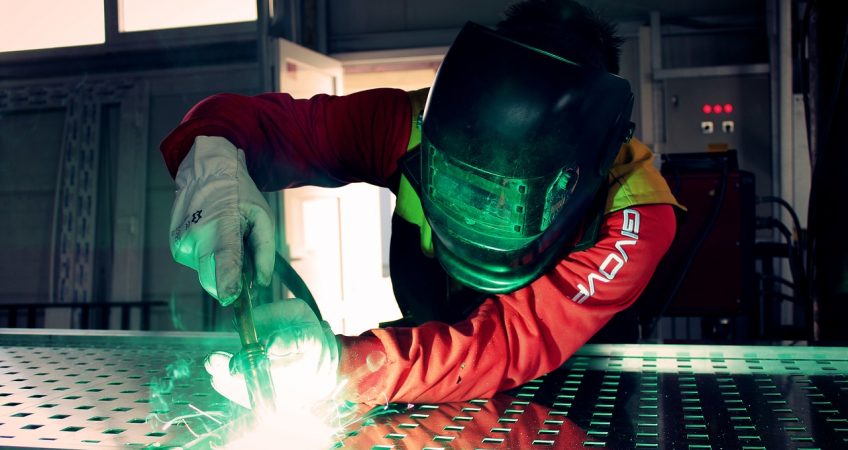Although many people may be slightly familiar with the welding process, it goes beyond just fusing metals together. Did you know that there are more than 30 different welding processes, all depending on the types of metals used?
That said, welding is a fascinating practice that can yield extraordinary results. Read on to learn all you need to know about the different welding methods.
MIG – Gas metal arc welding, or GMAW
Gas metal arc welding, or GMAW, is a method that feeds a continuous electrode through a welding gun. In this process, the base material and electrode for an electric arc heat the metal until it melts. This method is good for beginners and is great for reducing waste, fumes, and cleanup.
However, it does have its disadvantages, such as the need for external shielding gas.
Flux-cored arc welding, or FCAW
Similar to the gas metal arc welding method, this easy-to-learn process needs a continuously fed electrode with a tube-shaped, flux-filled wire.
Typically, welders using this method will select from two kinds of wire, either self shield or gas shield.
Shielded metal arc welding
For shielded metal arc welding, the welder uses an electrode to carry an electric current. The electrode contains a coded influx core wire. An electric arc develops when the electrode tip withdraws while in contact and generates temperatures of more than 6,000 degrees.
Because the molten metal protects itself from oxides and nitrates, this process is ideal for construction, pipeline welding, and steel erection. It’s relatively low-cost, and shielding gas isn’t necessary. However, it tends to be a less efficient method in comparison to others and considered obsolete.
TIG – Gas tungsten arc welding, or GTAW
Gas tungsten arc welding uses a tungsten electrode to fuse the metal and is perfect for piping systems. For this very popular method, the welder needs an external gas supply like argon or argon/helium combinations. This process is usually clean and perfect for welding thin materials and a variety of alloys.
Electron beam welding (EBW)
Electron beam welding requires firing high-velocity electrons at the metals being welded. This process turns the energy from the electrons into sheets to melt the materials so they can fuse. This welding method is used across industries, including aerospace projects and transmission assemblies, and is ideal for welding thick metals.
Atomic hydrogen welding
Although not common anymore, atomic hydrogen welding is utilized for certain purposes, like welding tungsten. Atomic hydrogen welding places two metal tungsten electrodes in a hydrogen atmosphere and breaks up the hydrogen molecules. This process works well for heat-resistant materials and doesn’t damage the metal.
Plasma Arc Welding
Perfect for heating metal at extreme temperatures, plasma arc welding employs an electrical current that moves through a tiny nozzle. The nozzle goes through the protective gases to achieve extreme accuracy when welding small areas. This welding method is typically utilized for aircraft manufacturing, and rarely good to try at home.
Gas Welding
A difficult and time-consuming type of welding, gas tungsten-arc welding involves welding small strips of metal. Introduced in 1941, this method is common in making aircraft and bicycles.
The Welding Process
If you’re not in the industry, there’s no reason for you to know every single type of welding out there. That said, knowledge is power, and the more you know, the easier it will be to know what to expect from a welding service.
Speaking of the welding process, make sure to visit Megstar Industries, today, to find out more about our extensive welding, metal fabrication, and media blasting portfolio.

